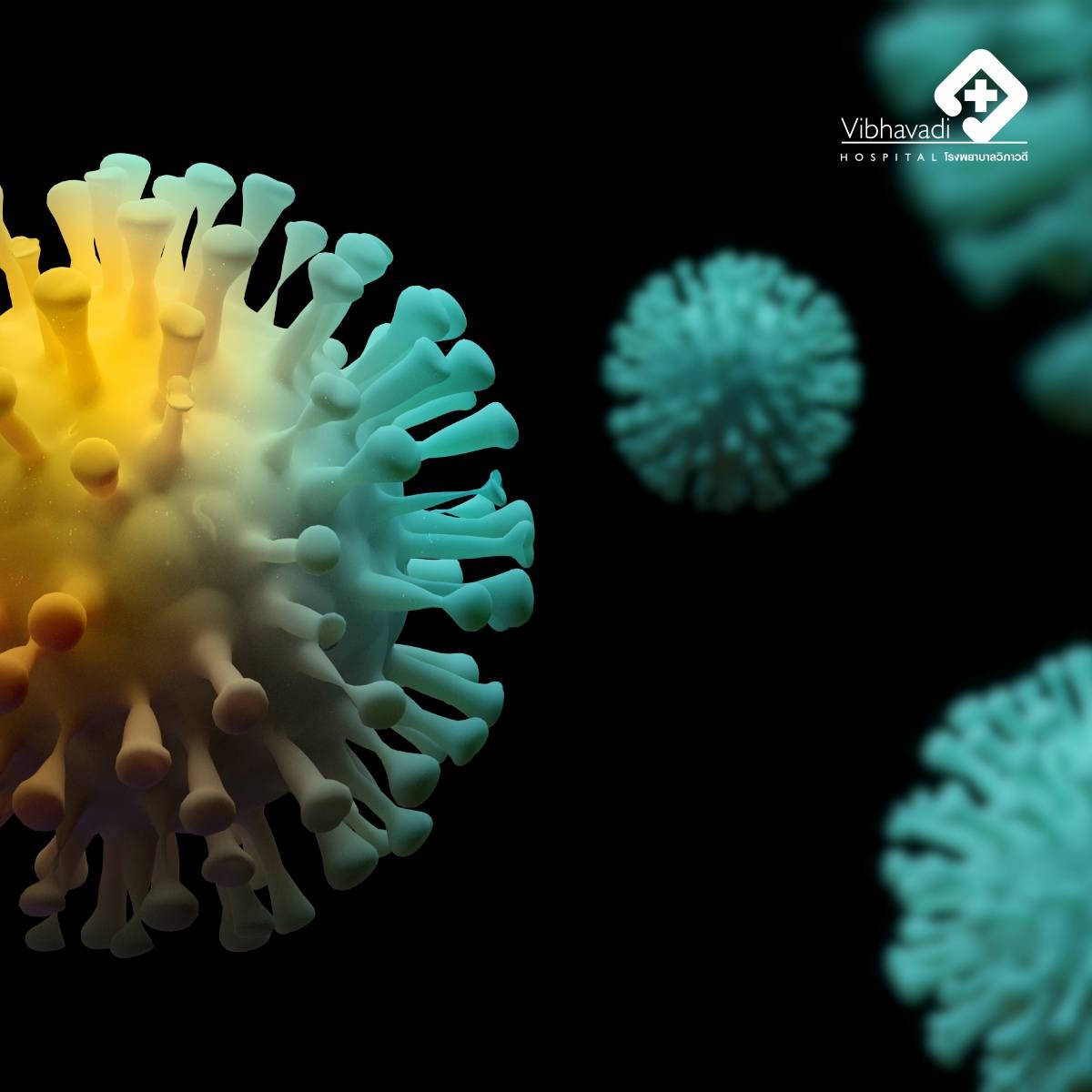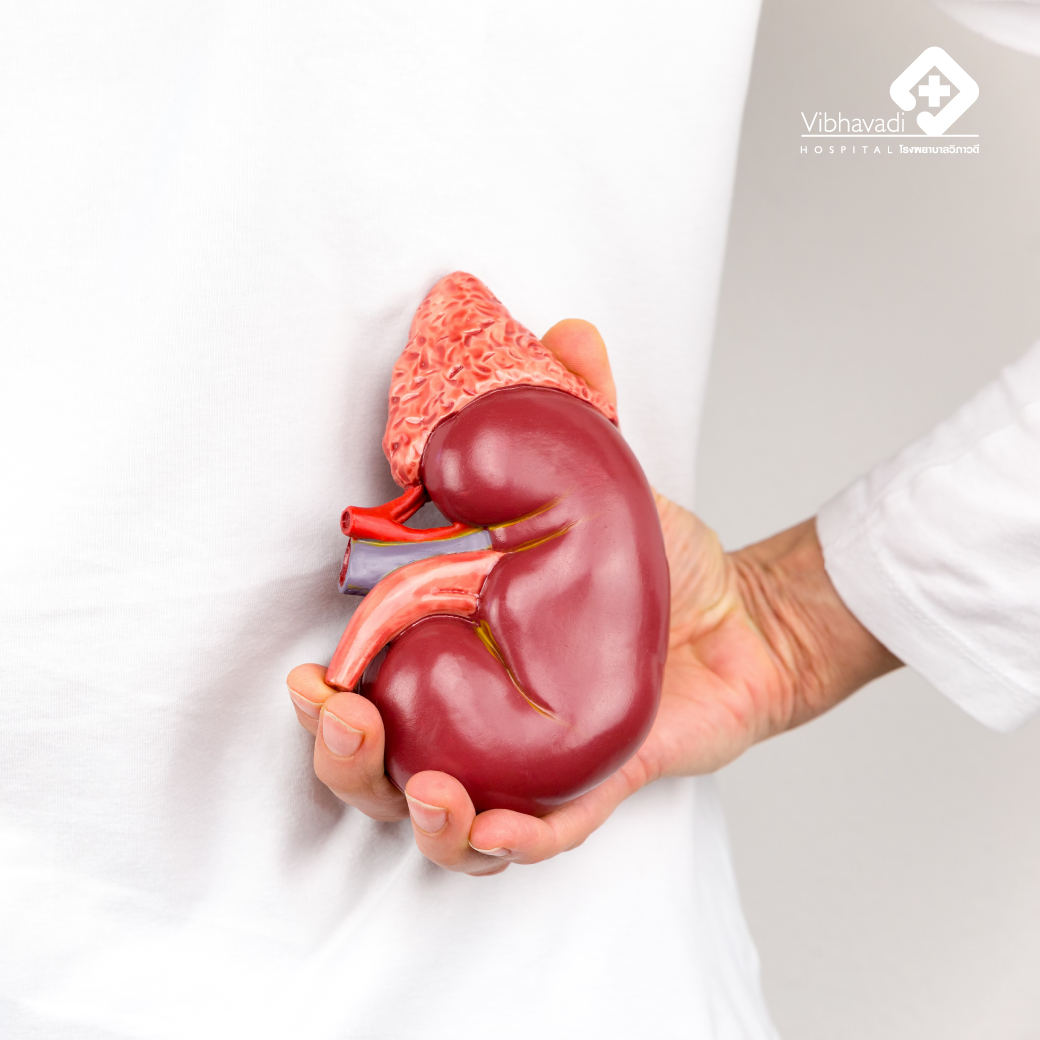Coronary Artery Disease and CT Calcium Score: An Eloquent Explanation
Coronary Artery Disease and CT Calcium Score: An Eloquent Explanation
Coronary artery disease refers to a condition where the blood vessels that supply oxygenated blood to the heart muscles, known as coronary arteries, become narrowed.
Coronary artery disease can be caused by the accumulation of fat or calcified deposits, which narrow the arteries. This leads to a reduced flow of oxygenated blood to the heart muscles, potentially resulting in myocardial ischemia. The occurrence of chest pain is often observed as a symptom, and it can be a precursor to life-threatening conditions such as myocardial infarction.
CT Calcium Score: Detecting Calcified Deposits in the Coronary Arteries
The CT Calcium Score is a diagnostic test used to measure the amount of calcified deposits on the walls of the coronary arteries. It involves the use of computed tomography (CT) imaging to assess the quantity of calcium accumulated within the walls of the coronary arteries. This test provides valuable information about the presence of calcified deposits, even in small quantities. The Calcium Score screening is a rapid, non-invasive procedure that utilizes low radiation exposure and does not require the injection of contrast agents.
Individuals who should undergo examination:
- Those with a family history of cardiovascular disease.
- Those with high cholesterol levels.
- Those with high blood pressure.
- Those with diabetes.
- Those who are overweight.
- Those with a history of smoking.
- Those who do not engage in physical exercise.
- Those who are over 55 years of age.
- Women who have reached menopause.
The interpretation of calcium levels:
| Calcium Score | Risk Level | Chances of Developing Coronary Artery Calcification |
| 0 | Very Low Risk | Minimal chances of developing atherosclerosis or myocardial infarction and high-risk coronary artery disease in the future. |
| 1-100 | Low Risk | It is highly unlikely or very low chance of developing coronary artery calcification. |
101-400 | Moderate to High Risk | A moderate to high risk of developing myocardial infarction or congestive heart failure and high-level coronary artery blockage. |
>400
| High Risk | A high risk of developing myocardial infarction or congestive heart failure and coronary artery calcification at a high level, regardless of the presence or absence of symptoms.
|
FAQ
Question: What are the treatment options for a patient with blocked heart arteries and dead heart muscles? Should immediate treatment be administered when the doctor detects dead heart muscles?
Answer:
From the question, it is understood that the patient has undergone an examination and has been diagnosed with blocked heart arteries. Sudden dead heart muscles, also known as acute myocardial infarction, occur when blood flow to the heart arteries is obstructed, resulting in insufficient blood supply and eventual death of the heart muscles. The cause is often the rupture of atherosclerotic plaque, leading to blood clot formation and depriving the heart muscles of blood. Patients may experience chest tightness or pressure, shortness of breath, and radiating pain in the neck, arm, or back. The symptoms are usually severe and last for more than 30 minutes.
Treatment options depend on the patient's symptoms, any accompanying complications, and other coexisting conditions such as kidney disease or diabetes. The physician will assess the situation in consultation with the patient and their family to determine the appropriate treatment approach, taking into account additional test results such as an electrocardiogram (EKG) and blood tests.
Treatment may involve:
- Administering medications to dissolve blood clots for patients without contraindications.
- Performing balloon angioplasty to dilate the blocked arteries and placing stents to provide support.
In summary, achieving favorable outcomes in the treatment of acute myocardial infarction depends significantly on the duration of symptoms before receiving treatment. Whether it involves opening blocked arteries through medication or balloon angioplasty with stent placement, prompt medical intervention is crucial. With timely treatment, the results are generally positive, and the risk of complications is minimized.
Thank you for your inquiry.
Answered by:
Phonthip Phitakthepasombat
Head of Cardiology Department
















